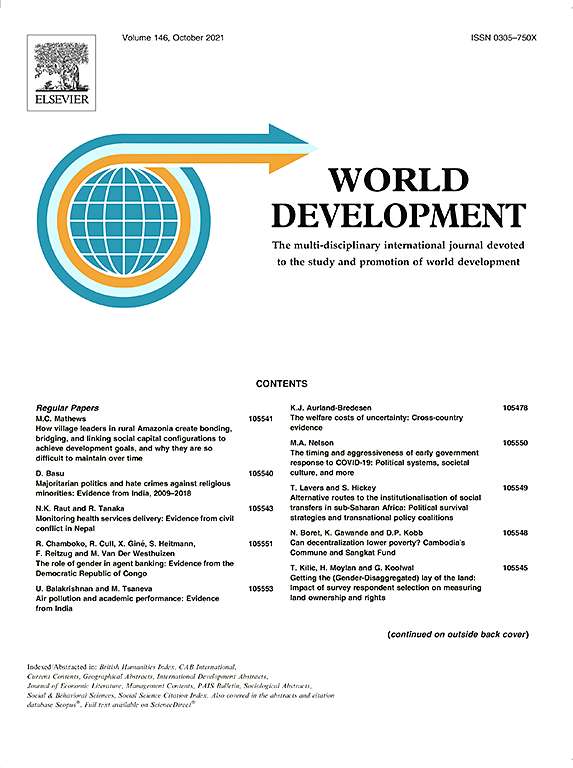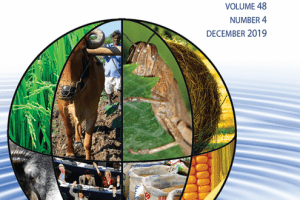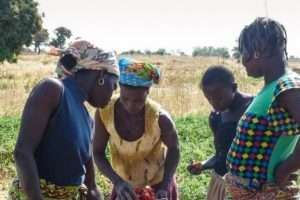This paper explores patterns of exit from agriculture in rural Bangladesh by utilizing nationally representative repeat cross-section and pseudo-panel survey data. Our analysis focuses at the rural household level where we focus on three types of households: (a) “pure” agriculture households in which all workers are employed only in agriculture; (b) “mixed” households in which some members remain in the farm sector and others pursue nonfarm activities, and (c) rural “nonfarm” households who are exclusively dependent on non-agricultural employment.
We find that non-farm orientation has increased over the 2000 to 2013 period, and that nonfarm households rely more on salaried employment and less on unpaid work. Pseudo-panel data based on age-cohort of household heads from the Labor Force Survey (LFS) of 2000 and 2013 also shows a notable increase in mixed households formed by diversification of activities of formerly farm-only households. Employment patterns of younger households are changing especially rapidly: the share of mixed households among households with heads age 15–30 years increased from 17% to 30% in this period. Proximity to urban areas also is associated with a rapid shift in household employment patterns over time. In areas less than 2.5 kms from cities, the share of pure farm households fell from 46.5 to 30.3 percent of households, while the share of mixed households rose from 14.8 to 33.7 percent.
Overall, our findings confirm a process of transformation involving a shift from predominantly agriculture employment to increased non-farm employment. We find that the structural transformation considered does not necessarily involve large-scale permanent migration to cities. Rather, much of the shift out of agriculture occurs within rural areas with especially rapid change happening in areas of close proximity to cities.





Add Comment